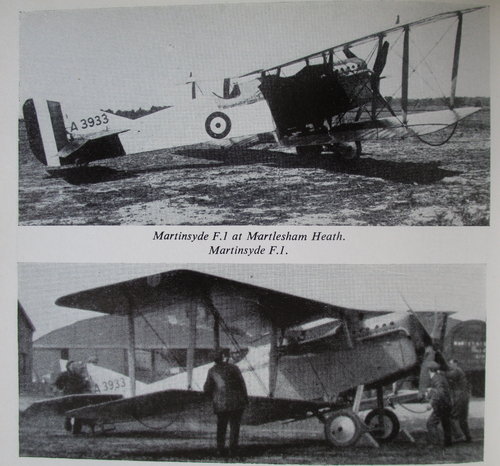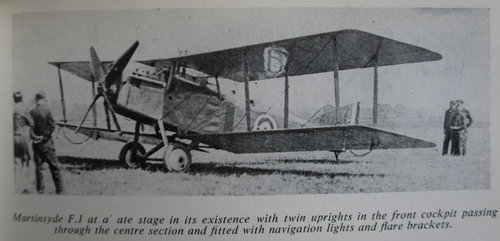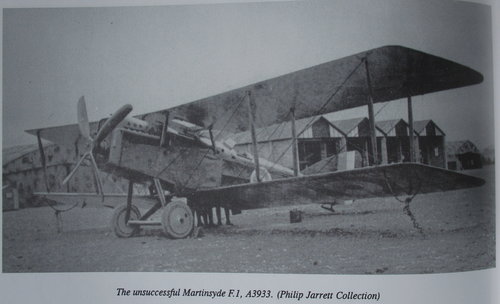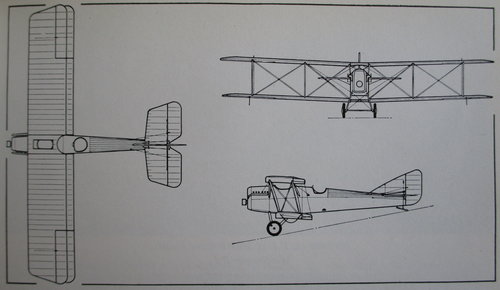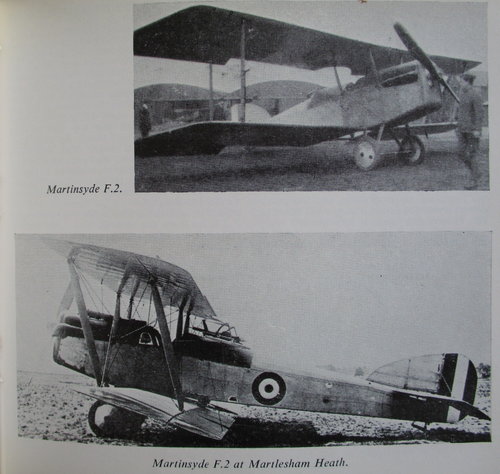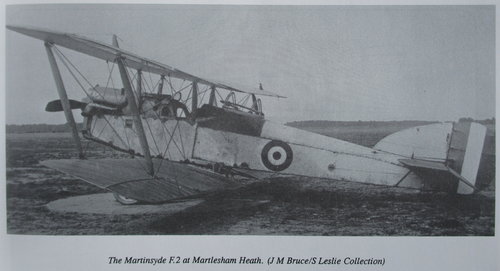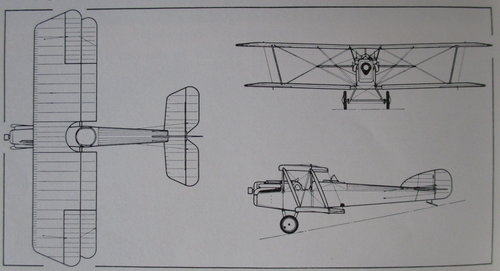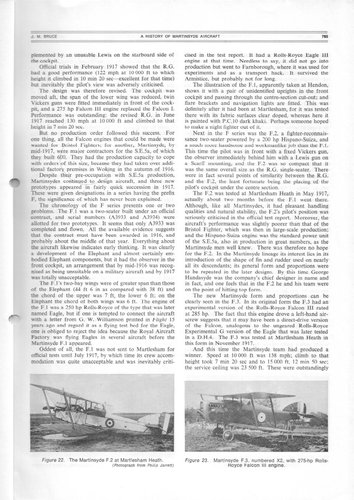Hai
There is very little information material concerning these two projects.
F.1, the was a hole in the top wing, from there the gunner could use a gun and the pilot behind the wing.
It was, I think, before the interrupter was there.
it is also possible that it was special designed as anti Zeppelin fighter????
F.2 was a two seat fighter with the pilot under the wing.
Who has more information concerning these two types.
I can remember that I have seen it in a small book about WWI aviation by Jack Bruce, with 3 side vieuw drawings?
Who can help me with these drawings?
Thanks
There is very little information material concerning these two projects.
F.1, the was a hole in the top wing, from there the gunner could use a gun and the pilot behind the wing.
It was, I think, before the interrupter was there.
it is also possible that it was special designed as anti Zeppelin fighter????
F.2 was a two seat fighter with the pilot under the wing.
Who has more information concerning these two types.
I can remember that I have seen it in a small book about WWI aviation by Jack Bruce, with 3 side vieuw drawings?
Who can help me with these drawings?
Thanks

